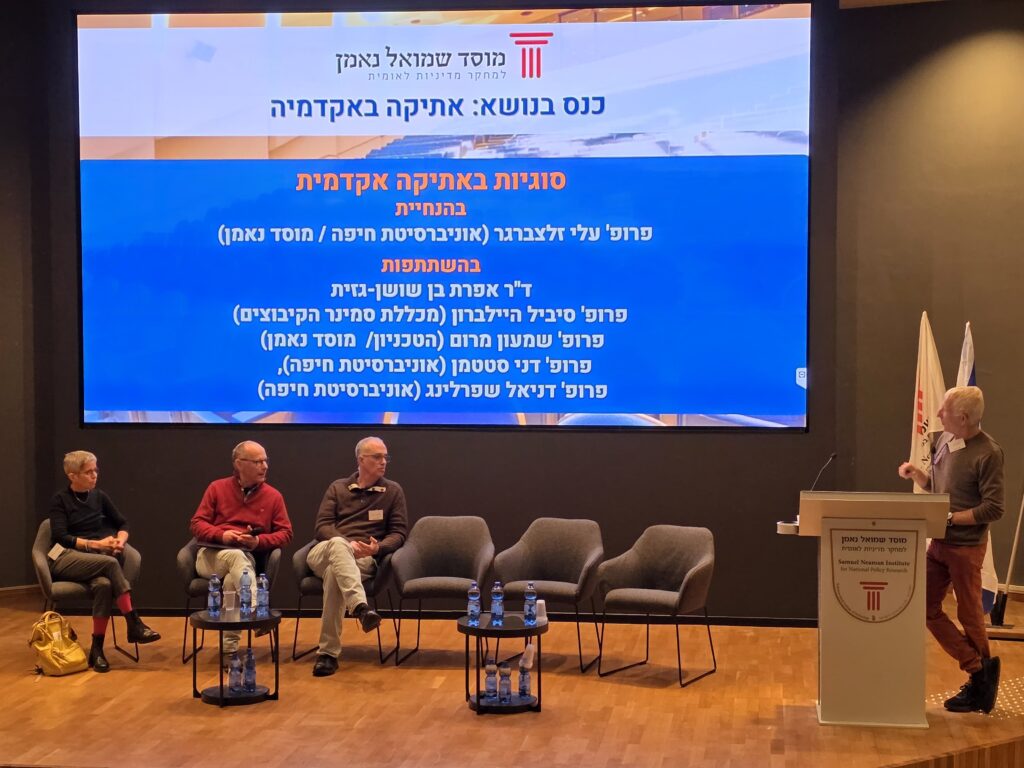The significance of VC as a component of the Silicon Valley model of high tech has led many countries during the 80s and 90s to implement government policies aimed at stimulating this activity.
This paper suggests that a major factor in the failure of many of these policies to create an early phase, high tech SU (Start Up) oriented VC industry was the simplistic attitude of policy makers who viewed VC as a pool of capital. The alternative as an industry view adopted in this paper explicitly considers issues of VC organization, capabilities, strategy and institutions. These are analyzed in the context of an Industry Life Cycle approach which focuses on the process of creation of the new industry (VC Emergence) and on the subsequent crisis, restructuring and consolidation phases.
The successful emergence of a VC industry in Israel during the 90s was not a pure market-led process; rather it was triggered by a targeted VC directed policy/program (Yozma), implemented during 1993-98. The incentives structure & timing of this program as well as other elements in its design stimulated entry both of high quality domestic managers/ entrepreneurs (many of them with prior high tech experience) and of reputable, capable and networked investors from abroad. Both groups provided significant added value to the emerging VC industry and hi-tech cluster. Due to these and other factors Yozma facilitated an extremely rapid and efficient process of VC emergence based on co-evolutionary and other cumulative processes It also assured a pattern of investment which followed a strict definition of VC (dominance of early stage investments in pure high tech SU).
This paper suggests that an analysis of the impact of VC policy requires considering the context & timing of policy implementation; and the links between VC and VC policies on the one hand and high tech and high tech cluster policies on the other. Moreover success necessitates adoption of a systems/evolutionary perspective to Innovation & Technology Policies in general and to VC-directed policies in particular.












